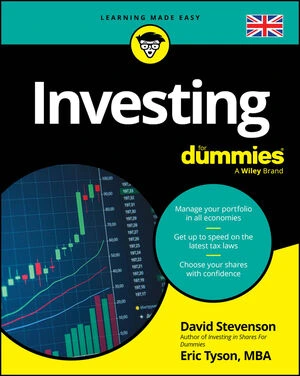Many times, the great investors look at indicators of what's happening in the overall stock market. The Warren Buffett Indicator is one indicator, named that because most likely because no one else is looking at it. Buffett compares the GDP (gross domestic product, as calculated by the Bureau of Labor Statistics) with the total market value of stocks in the S&P 500, the major market index.
A variant of the Buffet Indicator is based on the Wilshire 5000.
You can call this indicator the market-cap-to-GDP ratio. As a ratio expressed as a fraction, the numerator is the market cap, and the denominator is the GDP. You can derive both the GDP number and the market cap from the Federal Reserve's economic data. The Fed refers to the market cap as "Market Value of Equities Outstanding."
If the market cap figure is greater than the GDP, then you should be less aggressive in your stock investing approach. If the market cap is much higher, then reduce your exposure to the stock market. If the GDP number is greater than the market cap, then consider "shopping" for some good value stocks to add to your portfolio.
For example, if the market cap for the S&P 500 is $9 trillion and the GDP is $10 trillion, then the ratio is 90 percent (or $9 trillion divided by $10 trillion). In that case, the stock market isn't considered overvalued, so the indicator won't be a concern (at least not according to the Buffett Indicator).
The indicator starts to be a concern when the numerator (the market cap) exceeds the denominator (the GDP number). If this persists for more than one quarter, then it indicates that the stock market has entered overvalued territory.
Even if the market is slightly overvalued, that isn't a reason to panic. It's just a reason to cut back on additional investments. During the first half of 2015, this indicator surpassed 128 percent. The last time the indicator was at that high of a level was during the Internet/tech bubble period of 1999 through 2000, when it reached 153 percent. Remember, a high Buffett Indicator suggests it's time to be cautious. Don't rush into stocks at this level; hold off or reduce your potential investment.






